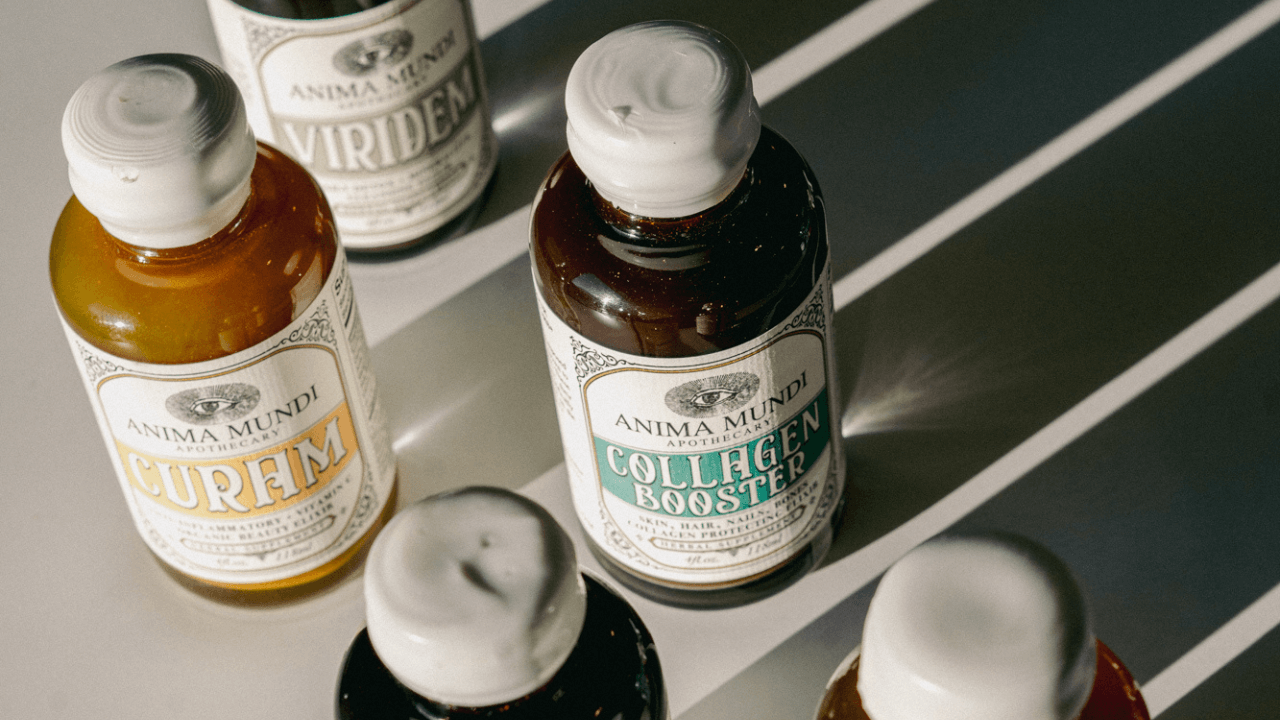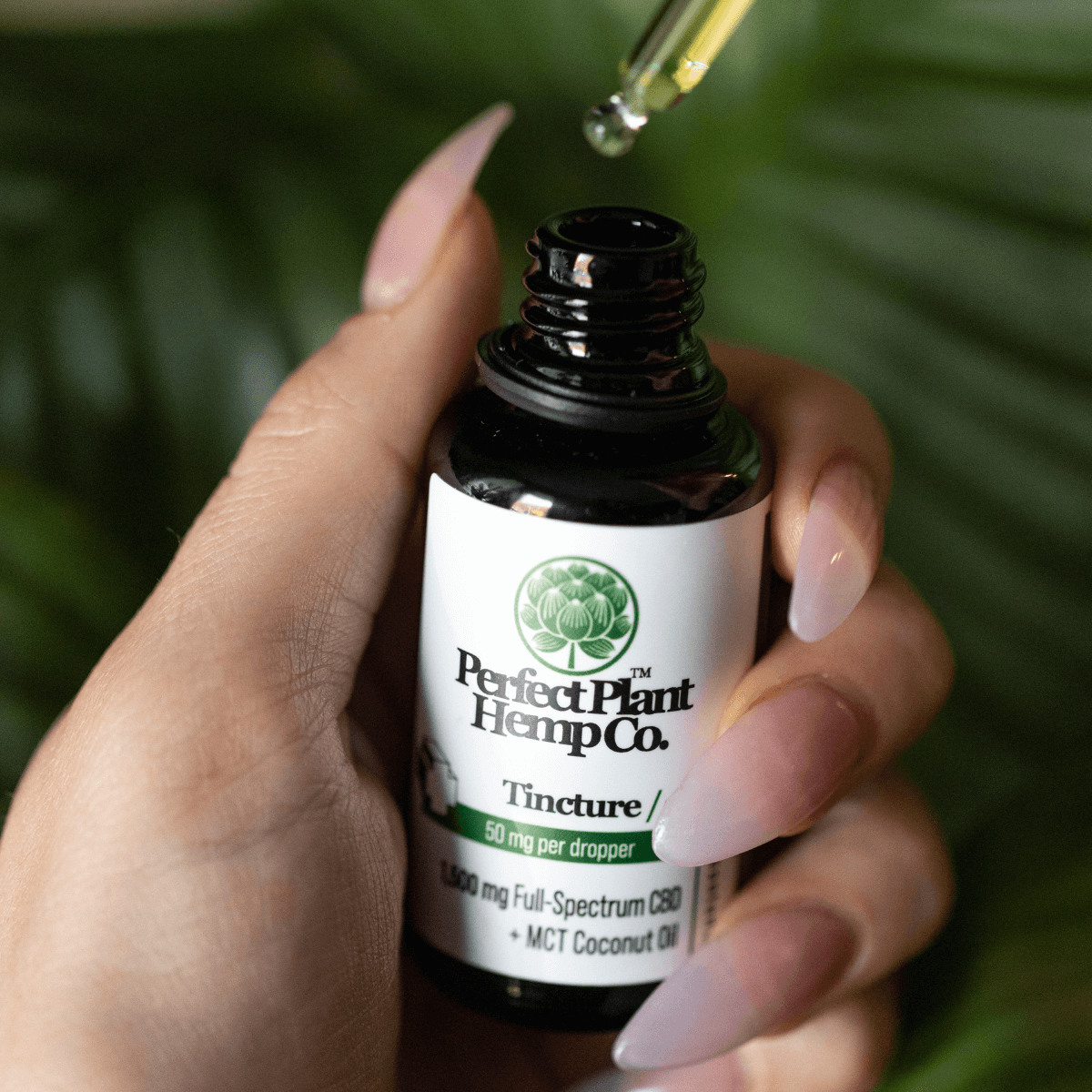By J Gordon Curtis

Edibles have been a favorite of cannabis consumers ever since someone first figured out how to make magic brownies. There are a lot of benefits to edible forms of cannabis but some elements can be less predictable than smoking. For instance, how long does it take for edibles to settle in for your specific bodily makeup?
Knowing that can be the difference between six hours of laughter and six hours of torture. Overdosing on THC isn’t deadly but it sure isn’t fun either. Cold sweats, paranoid thinking, and even nausea and vomiting are nothing to take lightly.
With edibles, the risk of overdoing it can be especially great since they can take longer to kick in and people often take more thinking that they haven’t done enough yet. Luckily, we’re here to help.
Below, we’ll go over the benefits of edibles, what to expect for the onset, how to determine your dosage, and where to find the best cannabis edibles.
Benefits of Edibles over Other Methods
While the slower onset can be troublesome for cannabis users, there are a lot of benefits to going with an edible product. The main reason that people choose edibles over smokable and vapable options include:
- Longer-Lasting Effects: The effects of edibles can remain for as many as 6 or more hours. Compare this to smoking which lasts an average of 1-4 hours.
- Easier Access: No need to learn how to roll a joint, operate a vaporizer or navigate the various tools needed for other methods of ingestion. Edibles are as easy as eating a piece of candy – most of us have experience with that.
- No Need to Smoke: No matter what benefits may come from the cannabis plant, putting smoke in your lungs will never be healthy. Edibles remove the risk of frequent or chronic cough that can accompany smoking options.
- Discreet Usage: I’ve known people that keep jars of gummies on their desks at work and nobody is the wiser. Smoking carries a smell, vaping produces a visible cloud, but edibles are entirely discreet.
For this reason and many others, it’s no surprise that edibles are one of the most popular ways to consume cannabis. It’s important to remember that edibles themselves can also break down into two, smaller categories.
Modes of Ingestion
When considering an edible product, there are two different routes of administration (ROAs.) These are sublingual and ingestional.
Sublingual
Sublingual (or, under the tongue) is a term typically reserved for tinctures but it applies to some edibles as well. On and under your tongue is a thin membrane with access to your bloodstream. This allows cannabinoids to enter quickly and effectively.
Lozenges, lollipops, mints, and other hard candies all involve a sublingual component during consumption. That means that these may bring an early onset than the user would receive from something they swallow and digest.
While some of the cannabinoids will enter sublingually, it’s important to remember that at least the same amount will go through digestion as well. That brings us to the next option:
Ingestional
When ingesting cannabis, your body must first break the edible down into useful components. This can take time and that time varies greatly depending on each person.
Unlike smokable options which will typically work effectively the same for everyone, edibles seem to be different. In fact, a small portion of the population is completely unaffected by edibles for unknown reasons.
How Cannabis Edibles Work
After you eat an edible, your body quickly gets to work breaking it down into all the smaller components. Sugars, fats, cannabis extracts, and other added ingredients all have different digestive requirements.
To add to the complexity of the process, everyone has a different makeup of bacteria and digestive capabilities. As such, the timeline for an edible to kick in can vary greatly.
It’s important to note that this variance can take place even within a single person between two different times using edibles. As such, even if edibles normally kick in early for you, the best practice is always to wait at least two hours before taking a larger dose.
We’ve all heard too many horror stories that begin with the line “I don’t think these edibles are working, I should take more.”
Shortest Time for Edibles to Kick In
On the short end, edibles can kick in around the 20-minute mark. For instances where there is a sublingual effect, some of the edible may kick in a bit sooner than that even.
Keep in mind that the kicking in of the edible is only the beginning and the effect may grow stronger for another hour or two. After that amount of time, it will peak, plateau, and then slowly fade.
Longest Time for Edibles to Kick In
On the high end, edibles may take as long as two hours to kick in. While the vast majority of people experience effects within the first hour, that does not account for every user.
This lengthy potential wait time is one of the main reasons why it’s important to wait a long enough time before taking another dose.
Different Methods of Extracts Used in Gummies
Since cannabis with more than .3% THC in the flower on a dry-weight basis is illegal in Tennessee, various methods go into creating the THC products on the shelves today.
All cannabis has to start as hemp flower, grown under that limit before it can begin the process of extraction. From here, most forms of THC begin by isolating the CBD cannabinoid from the rest of the flower.
Molecularly, cannabinoids have a very similar structure to each other. As a result, it's easy to move a few elements around and convert CBD to Delta-8 THC or other THC cannabinoids.
Some products (like hemp-derived Delta-9 THC) have a bit of a different process. These typically involve pulling the low amount of permissible THC from large quantities of hemp flower.
How to Determine the Correct Dosage with Edibles
Different forms of THC and different products will carry different recommended dosages. In CBD, for example, 25mg is typically the recommended dose for a first-time user that is finding their “sweet spot.”
In the case of THC edibles, it’s usually wise to start with 5-10mg and then work your way up in 5-10mg increments. Remember, THC is a bi-phasic (two-phased) molecule and the second phase (high dosages) can result in anxiety and paranoia.
Where to Find the Best Cannabis Edibles
Since cannabis is currently an unregulated product, there can often be a large difference in quality between brands. It’s not uncommon to find dosages misrepresented or completely made up.
That’s why it’s important to go with a dispensary that you can trust. Whether that’s Perfect Plant or somewhere else, that mostly comes down to the strength of their reporting. The requirements for reporting on cannabis are woefully slim so the trustworthy company will go above and beyond.
We have nothing to hide because we know that we have the highest quality products we could possibly create on the shelves. Our reporting reflects this and, if you try one of our edibles, you’ll see the difference for yourself.
Regardless of where you go, just make sure to treat your endocannabinoid system right. Remember, health is wealth, invest in yourself!







